How Does RFID Technology Revolutionize Warehouse Management? Cykeo UHF RFID Solution Helps Boost Efficiency
186Cykeo UHF RFID Solution Helps Warehouse Management Boost Efficiency
MoreAll RFID Product
Before diving into active rfid tag range, imagine this: you’re managing a warehouse with thousands of items. Some just need a quick shelf-level check, while others require constant monitoring—you need to know if they’ve left the building. That’s where the choice between passive (no-battery) and active (battery-powered) RFID tags comes in.
Passive tags are like “quiet students” in a classroom. They don’t speak unless the teacher (the reader) calls on them. With no internal battery, they rely on the RFID reader’s radio waves to wake them up and send back a response.
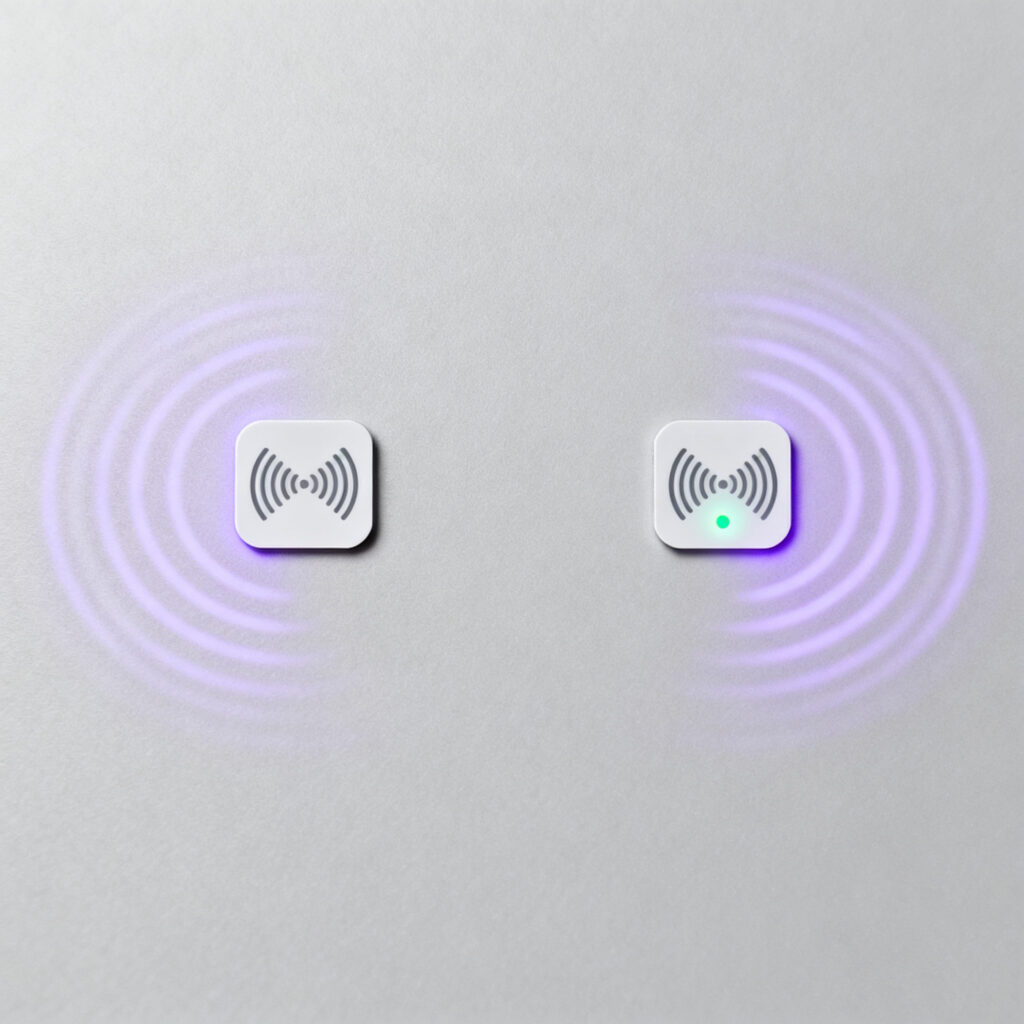
The good part? They’re small, cheap—sometimes just a few cents—and they can last indefinitely since there’s no battery to drain. Perfect for large-scale use in retail, libraries, or medical supplies.
The downside? Limited range. In most real-world cases, passive tags can only be read a few meters away, and metal or liquids can block the signal. If you need real-time tracking, passive tags aren’t enough.
Active tags, on the other hand, come with their own power supply and transmitter. Think of them as “always-on employees” who report their location at regular intervals, whether you ask or not.
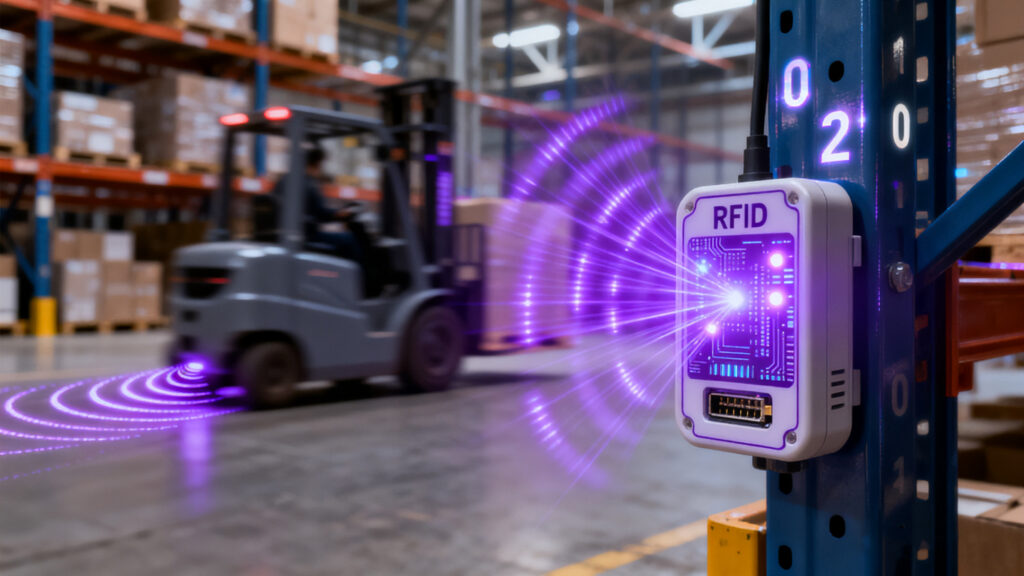
This is where active rfid tag range really shines. Because active tags generate their own signal, they can be detected from much farther away—sometimes 100 meters, even 300 meters or more in optimal conditions. That makes them ideal for tracking forklifts, hospital equipment, or even staff badges.
But the battery comes with trade-offs. Most active tags last 3–5 years before the battery dies. They’re bigger, more expensive, and when the battery is gone, you often need to replace the whole tag.
There’s also a middle option—semi-passive tags. They have a battery, but it only powers internal circuits, not continuous broadcasting. They still need a reader to “wake them up,” but they can respond faster and often include extras like temperature or humidity monitoring. You’ll find these in cold-chain logistics or pharmaceutical shipping.
The truth is, active rfid tag range isn’t a fixed number. Lab tests might say hundreds of meters, but in a warehouse packed with metal shelves, you may only get tens of meters. Similarly, passive tags can range from a few centimeters to tens of meters depending on the system design and antenna.
So the decision really comes down to your use case:
The key difference between active and passive RFID tags is simple: the battery. Active tags bring you long-distance, real-time updates, while passive tags keep costs low and last virtually forever. And when people talk about active rfid tag range, it’s not just about meters or feet—it’s about upgrading from periodic inventory checks to continuous, real-time asset visibility.
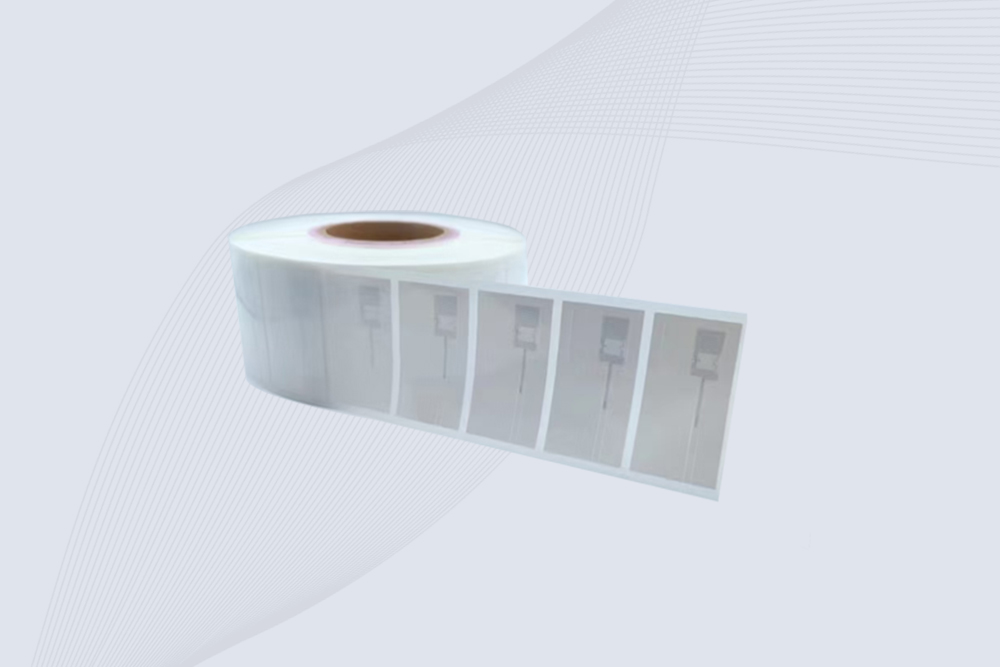
Cykeo CK-BQ6826 Jewelry uhf rfid tag features NXP UCODE 9, 8m read range on metal, and anti-counterfeit security for luxury assets.
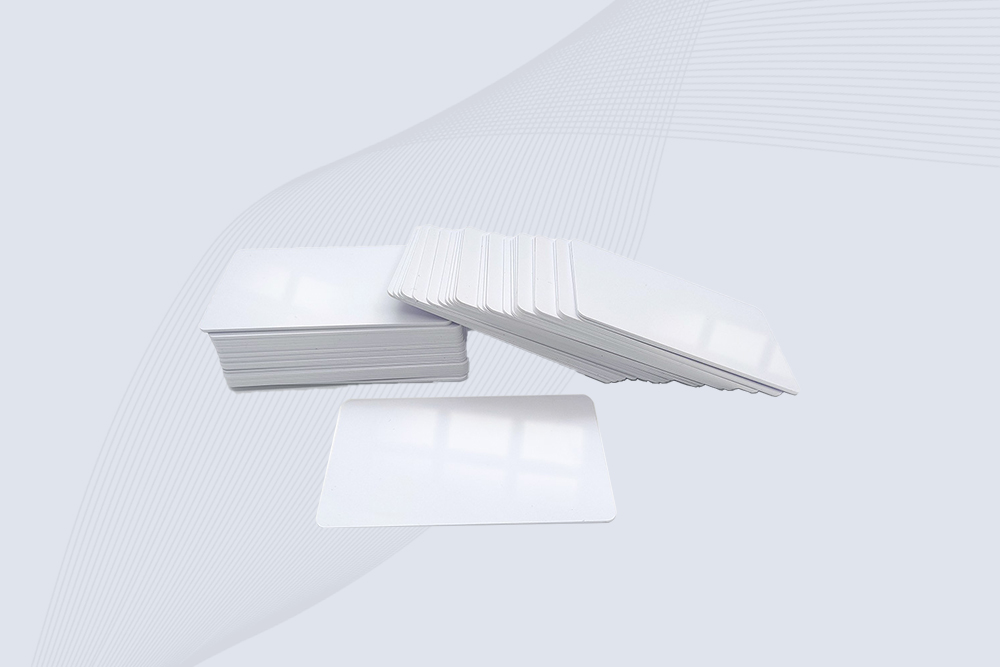
Cykeo CK-BQ8554HF HF rfid cards feature FM1108 chip, 100K write cycles, and customizable printing for access control systems.

Cykeo CK-BQ8554UHF uhf rfid card features U9 chip, 100K write cycles, and CR80 size for access control/inventory management.
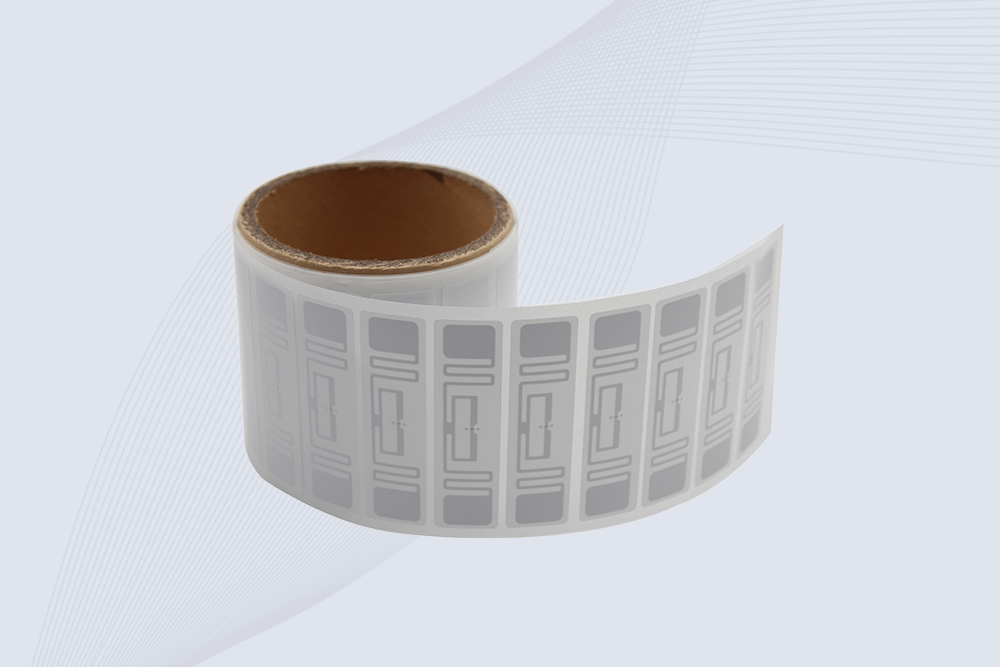
Cykeo CK-BQ7320 UHF RFID asset tag features aluminum-etched antenna, 10-year data retention, and -40°C to +85°C operation for industrial tracking. ISO/IEC 18000-6C compliant with 128-bit EPC memory.
Cykeo UHF RFID Solution Helps Warehouse Management Boost Efficiency
MoreRFID vs GPS: Discover key differences in range, cost & accuracy. Learn when to use each for assets, vehicles, or inventory. Make informed decisions.
MoreNew to RFID? Learn how to operate a handheld RFID scanner with this step-by-step guide—setup, scanning best practices, troubleshooting, and more.
MoreDiscover the top long-range RFID readers optimized for vehicle access control. Learn how Cykeo’s secure, weatherproof solutions enhance security in parking lots, gated communities, and logistics hubs.
More